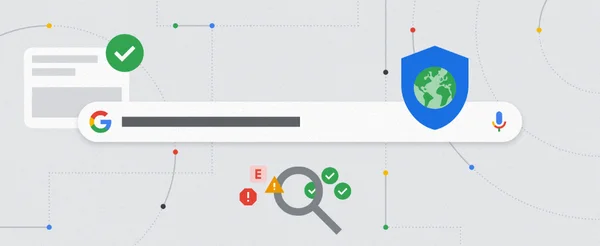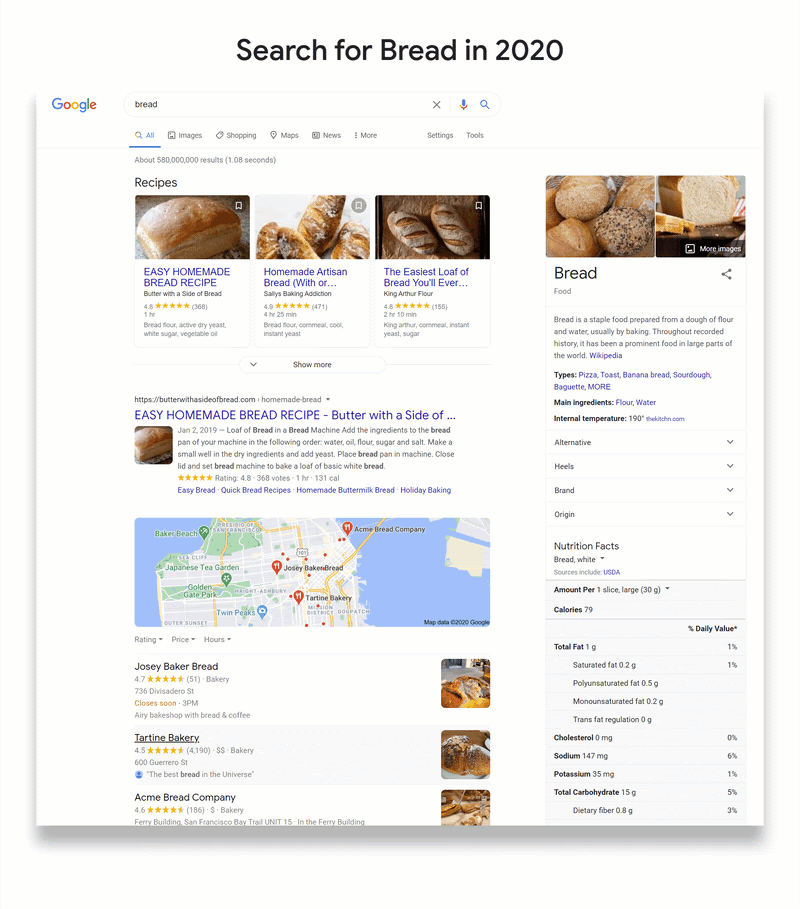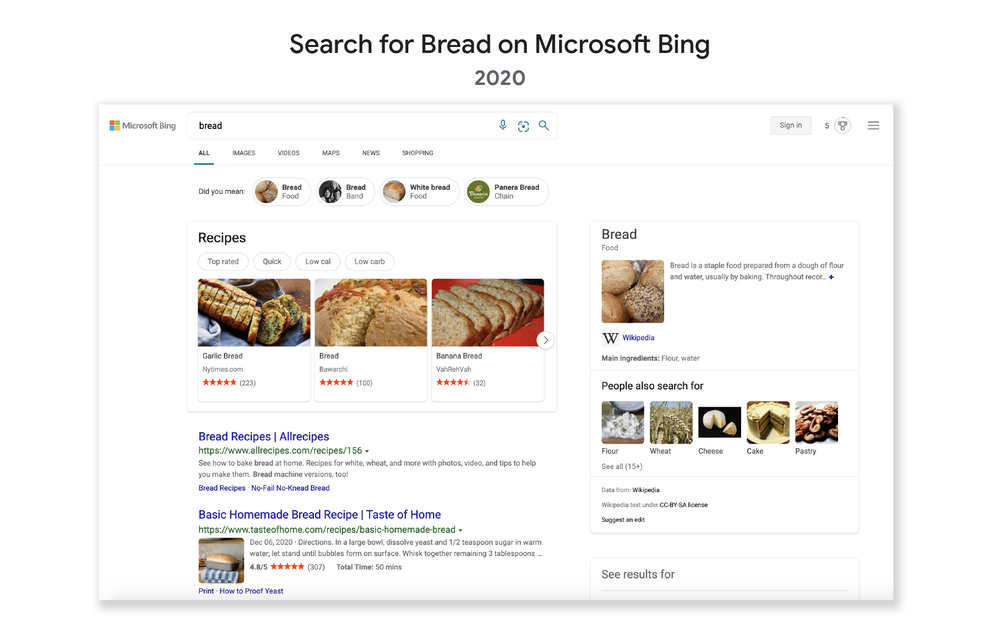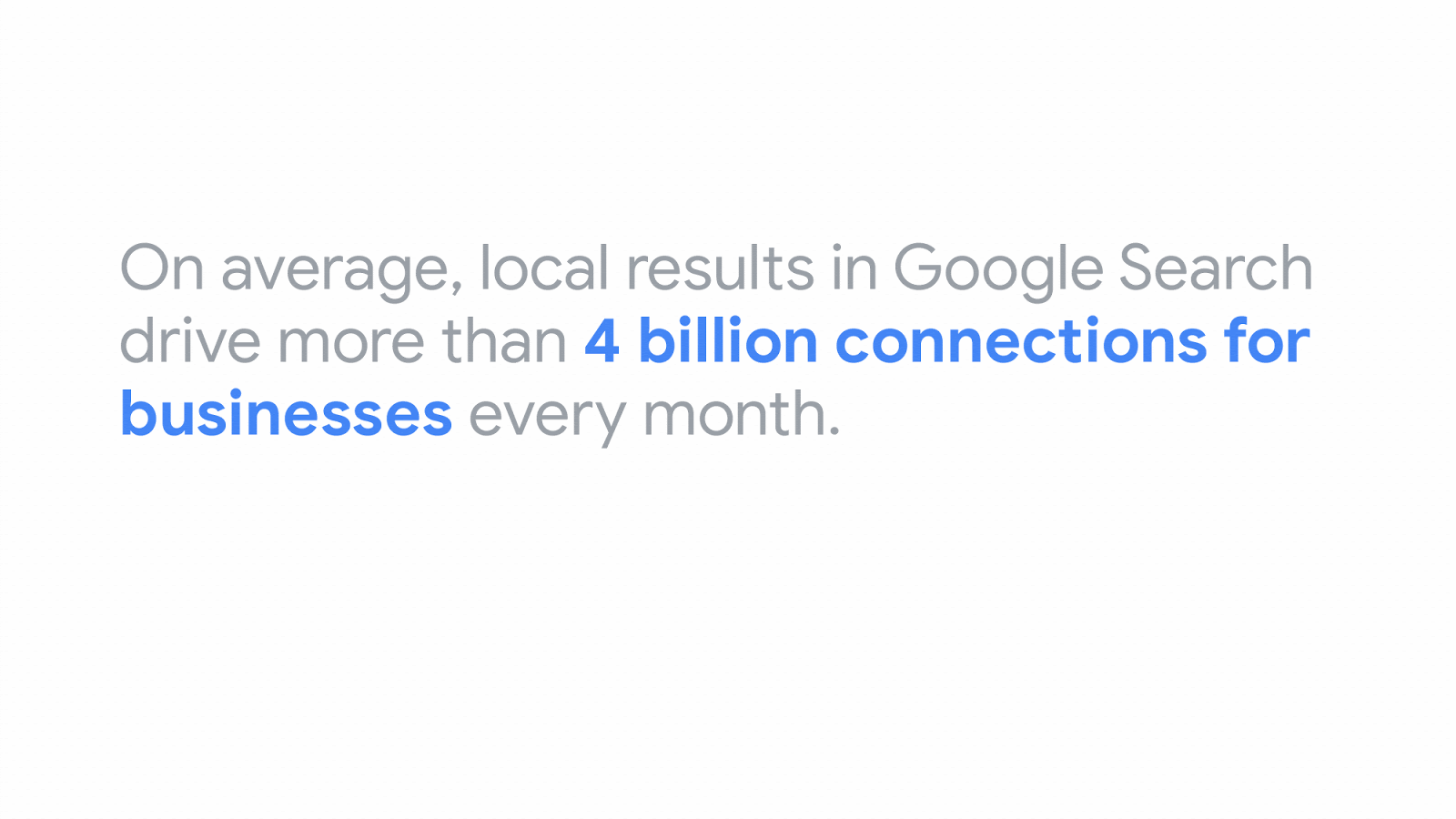Myth: Google “dominates the online advertising landscape for image-based web display ads.”
Fact: The ad tech industry is incredibly crowded and competitive.
Competition in online advertising has made ads more affordable and relevant, reduced ad tech fees, and expanded options for publishers and advertisers.
The online advertising space is famously crowded. We compete with household names like Adobe, Amazon, AT&T, Comcast, Facebook, Oracle, Twitter and Verizon. Facebook, for example, is the largest seller of display ads and Amazon last month surpassed us as the preferred ad buying platform for advertisers. We compete fiercely with those companies and others such as Mediaocean, Amobee, MediaMath, Centro, Magnite, The Trade Desk, Index Exchange, OpenX, PubMatic and countless more. A growing number of retail brands such as Walmart, Walgreens, Best Buy, Kroger and Target are also offering their own ad tech.
Myth: Google “extracts a very high ... percent of the ad dollars otherwise flowing to online publishers.”
Fact: Our fees are actually lower than reported industry averages.
Our ad tech fees are lower than reported industry averages. Publishers keep about 70 percent of the revenue when using our products, and for some types of advertising, publishers keep even more—that’s more money in publishers’ pockets to fund their creation of high-quality content.
Myth: We created an alternative to header bidding that “secretly stacks the deck in Google’s favor.”
Fact: We created Open Bidding to address the drawbacks of header bidding.
Header bidding refers to running an auction among multiple ad exchanges for given ad space. You won’t read this in AG Paxton’s complaint, but the technology has real drawbacks: Header bidding auctions take place within the browser, on your computer or mobile phone, so they require the device to use more data in order to work. This can lead to problems like webpages taking longer to load and device batteries draining faster. And the multilayered complexity of header bidding can lead to fraud and other problems that can artificially increase prices for advertisers, as well as billing discrepancies that can hurt publisher revenue.
So we created an alternative to header bidding, called Open Bidding, which runs within the ad server instead of on your device. This solves many of the problems associated with header bidding. Open Bidding provides publishers access to demand from dozens of networks and exchanges. This helps increase demand for publisher inventory and competition for ad space, which enables publishers to drive more revenue. In fact, our data shows that publishers who decide to use Open Bidding on Ad Manager typically see double-digit revenue increases across our partners and exchange—and they can measure this for themselves.
Additionally, our publisher platform has always integrated with header bidding, so publishers have the choice to use their preferred bidding solution. Publishers can and do bring bids from non-Google header bidding tools into our platform.
Since we launched Open Bidding, traditional header bidding has continued to grow. In fact, a recent survey shows about 90 percent of publishers currently use header bidding for desktop and 60 percent use header bidding for mobile in-app or in-stream video. Amazon also launched an entirely new competitive header bidding solution, which uses the same server-side approach that we do. Header bidding is an evolving and growing space—and now, as a result of our work, there are alternatives to header bidding that improve the user experience.
Myth: Our Open Bidding agreement with Facebook harms publishers.
Fact: Facebook is one of over 25 partners in Open Bidding, and their participation actually helps publishers.
AG Paxton also makes misleading claims about Facebook’s participation in our Open Bidding program. Facebook Audience Network (FAN)’s involvement isn’t a secret. In fact, it was well-publicized and FAN is one of over 25 partners participating in Open Bidding. Our agreement with FAN simply enables them (and the advertisers they represent) to participate in Open Bidding. Of course we want FAN to participate because the whole goal of Open Bidding is to work with a range of ad networks and exchanges to increase demand for publishers’ ad space, which helps those publishers earn more revenue. FAN’s participation helps that. But to be clear, Open Bidding is still an extremely small part of our ad tech business, accounting for less than 4 percent of the display ads we place.
AG Paxton inaccurately claims that we manipulate the Open Bidding auction in FAN’s favor. We absolutely don’t. FAN must make the highest bid to win a given impression. If another eligible network or exchange bids higher, they win the auction. FAN’s participation in Open Bidding doesn't prevent Facebook from participating in header bidding or any other similar system. In fact, FAN participates in several similar auctions on rival platforms.
And AG Paxton’s claims about how much we charge other Open Bidding partners are mistaken—our standard revenue share for Open Bidding is 5-10 percent.
Myth: AMP was designed to hurt header bidding.
Fact: AMP was designed in partnership with publishers to improve the mobile web.
AG Paxton’s claims about AMP and header bidding are just false. Engineers at Google designed AMP in partnership with publishers and other tech companies to help webpages load faster and improve the user experience on mobile devices—not to harm header bidding.
AMP supports a range of monetization options, including header bidding. Publishers are free to use both AMP and header bidding technologies together if they choose. The use of header bidding doesn’t factor into publisher search rankings.
Myth: We force partners to use Google tools.
Fact: Partners can readily use our tools and other technologies side by side.
This claim isn’t accurate either. Publishers and advertisers often use multiple technologies simultaneously. In fact, surveys show the average large publisher uses six different platforms to sell ads on its site, and plans to use even more this year. And the top 100 advertisers use an average of four or more platforms to buy ads.
All of this is why we build our technologies to be interoperable with more than 700 rival platforms for advertisers and 80 rival platforms for publishers.
AG Paxton’s complaint talks about the idea that we offer tools for both advertisers and publishers as if that’s unusual or problematic. But that reflects a lack of knowledge of the online ads industry, where serving both advertisers and publishers is actually commonplace. Many firms with competing ad tech businesses, such as AT&T, Amazon, Twitter, Verizon, Comcast and others, offer ad platforms and tools like ours that cater to both advertisers and publishers. We don’t require either advertisers or publishers to use our whole “stack,” and many don’t. Ultimately, advertisers and publishers can choose what works best for their needs.
Myth: “Google uses privacy concerns to advantage itself.”
Fact: Consumers expect us to secure their data—and we do.
AG Paxton misrepresents our privacy initiatives. We're committed to operating our advertising business in a way that gives people transparency into and control over how their data is used. Consumers also increasingly expect, and data privacy laws require, strict controls over ad tracking tools like cookies and ad identifiers. So we’re focused on meeting those expectations and requirements. As we do so, we’ve created privacy-protecting solutions that enable other ad tech companies to continue to operate and introduced an open and collaborative industry initiative called the Privacy Sandbox, which is working on alternatives to cookies that preserve privacy while protecting free content. Other web browsers have likewise taken similar steps to limit the use of cookies and protect user privacy.
 A look at the effects of some of the changes we’ve made to comply with Europe’s recently enacted Digital Markets Act.
A look at the effects of some of the changes we’ve made to comply with Europe’s recently enacted Digital Markets Act.
 A look at the effects of some of the changes we’ve made to comply with Europe’s recently enacted Digital Markets Act.
A look at the effects of some of the changes we’ve made to comply with Europe’s recently enacted Digital Markets Act.




![A gif showing quotes from regulators: “[Google’s changes to Search] could be seen as providing convenience to users and in line with users’ benefits.” - The Taiwan Fair Trade Commission “Google innovated in order to improve the quality and the experience of Internet searches of users, which is considered pro-competitive conduct.” - The Brazilian Competition Authority (CADE) “[I]t is indisputable that the display of a thumbnail map on the [search engine results page (SERP)] in response to a geographic query indeed enhances the quality of the Google SERP.” - The England and Wales High Court (Chancery Division) In a 5-0 bipartisan decision, the U.S. Federal Trade Commission said our product changes were designed to “improve the quality” of search results and “likely benefited consumers.” “Google’s changes [in Search] are generally made to improve user experiences.” - Competition Bureau Canada](https://storage.googleapis.com/gweb-uniblog-publish-prod/original_images/E777_Search_Visual_Graphics_Quotes_v05.gif)